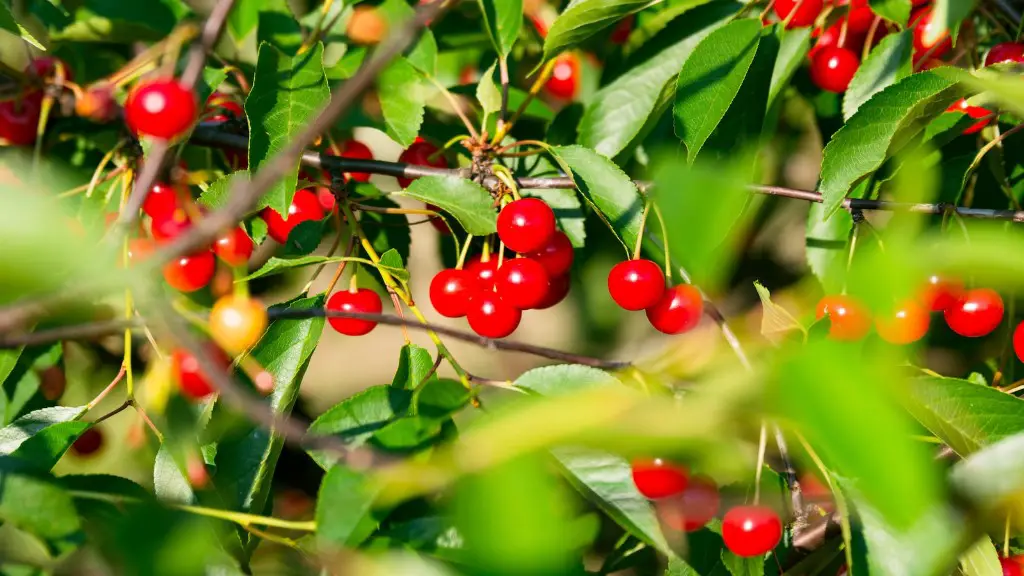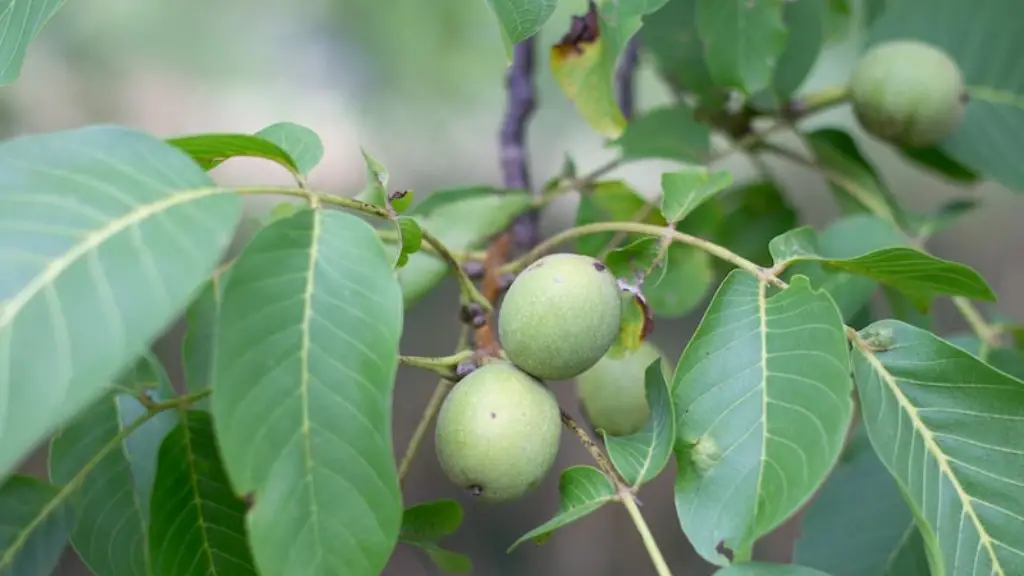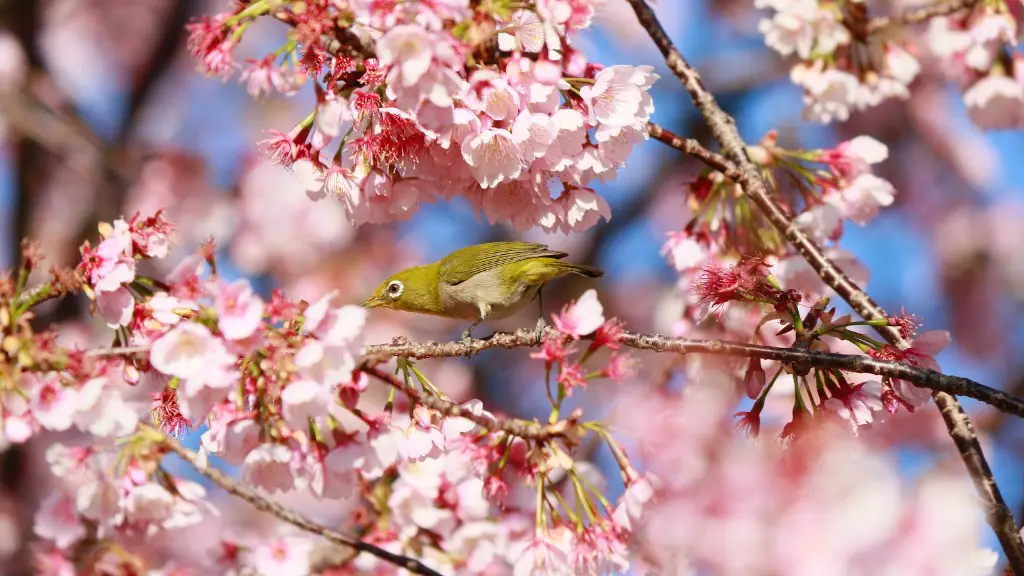A weeping cherry tree (Prunus subhirtella pendula) is a type of cherry tree that is popular for its elegant, drooping branches and pretty pink flowers. They are relatively easy to grow and make a beautiful addition to any landscape. Here is a step-by-step guide on how to plant a weeping cherry tree in your own yard.
Weeping cherry trees are relatively easy to grow and make a lovely addition to any garden. Follow these steps to ensure your tree flourishes:
1. Choose a location. Weeping cherry trees need full sun and well-drained soil.
2. Dig a hole. The hole should be twice as wide as the tree’s root ball and just deep enough so the tree is level with the ground.
3. Gently remove the tree from its pot and place it in the hole. Be careful not to damage the roots.
4. Fill in the hole with soil and water well.
5. Apply mulch around the base of the tree to help retain moisture.
With proper care, your weeping cherry tree will bloom beautifully year after year.
What time of year do you plant a weeping cherry tree?
The weeping cherry tree is one of the first trees to bloom in the spring, and is therefore synonymous with the season. However, it can be planted nearly any time of the year.
When planting your pink weeping cherry tree, it is important to choose a site that receives full sun to partial shade, and has loose, well-drained soil. Pull any weeds and clear away turfgrass and debris before planting. If you plant your tree in full shade, it will not grow as well and be susceptible to root rot.
How often do you water a newly planted weeping cherry tree
A weeping cherry tree needs to be watered two or three times a week during its first year after being planted. After the first year, watering should only be done when the top three inches of soil are dry. The soil should be allowed to dry out between waterings.
Weeping ornamental cherry trees can mature in as little as 10 years and reach heights of 20 feet and widths of 30 feet. Pruning is generally not necessary for these trees unless it is absolutely necessary.
How do you take care of a newly planted weeping cherry tree?
Weeping cherry trees are beautiful and delicate, and they require a little bit of extra care to ensure they stay healthy and thrive. They prefer full sun and well-drained soil, so be sure to provide that for them. Additionally, keep them watered during dry spells and lay a 3- to 4-inch layer of mulch around the tree (but 6 inches away from the base) to help the soil retain moisture. With a little bit of love, your weeping cherry tree will be a stunning addition to your landscape.
Cherries are best grown during the spring or fall season. Within either of these periods, start gardening when there’s no danger of frost and when the ground is moist but not drenched in rain. This will ensure that your cherry plants have the best chance of success.
Should a weeping cherry touch the ground?
Weeping cherry trees are beautiful, ornamental trees that are popular in many gardens. However, if you want your tree to stay weeping and prevent it from growing too tall, you need to prune it regularly. When trimming, be sure to remove any branches that are growing straight up. On grafted trees, these branches will not “weep” and so should be removed.
Prunus pendula ‘Pendula Rosea’ is a stunning weeping cherry tree that is perfect for adding a touch of elegance to any garden. The long, gracefully arching branches are covered in beautiful pink blooms that contrast beautifully against the green foliage. This tree is sure to make a statement in any landscape!
Is a weeping cherry a fast growing tree
It’s no wonder that the Pink Weeping Cherry Tree is one of the most popular trees around! Their beautiful pink blooms make them a standout in any landscape, and their fast-growing nature means they’ll quickly add some major wow-factor to your yard. Plus, their branches cascade down like an elegant chandelier, making them a great choice for small spaces.
Cherry trees need to be watered regularly, but too much water can be just as harmful as too little. Excess water can suffocate the roots, causing stunted growth and reduced blooming and fruit production. In extreme cases, too much water can even kill the tree. It’s important to know how much water your cherry tree needs and to water it accordingly.
What kind of fertilizer does a weeping cherry tree need?
As soon as the new leaves of the tree start to bud in early spring, it is time to fertilize the tree. A slow-release fertilizer is best for the tree, and compost is one of the best options for slow-release fertilizers. You can also use commercial products that are labeled for use on flowering trees and shrubs.
Weeping cherry trees are beautiful, but they can be finicky. They perform best in ground that is at least moderately rich, so make sure to feed them annually with a complete fertilizer in early spring. Make sure to follow label instructions exactly, since the proper amount to apply varies according to tree size. Applying too much fertilizer can burn your plant.
How messy are weeping cherry trees
Although snow fountain weeping cherry trees are very compact, they do require some specific care to make sure they stay healthy. One thing to keep in mind is that these trees can be messy if not cared for properly. Make sure to clean up any fallen leaves or fruit to prevent them from making a mess in your yard.
There are many different types of cherry trees, but not all of them are self-fruitful. In order for a cherry tree to bear fruit, it must be pollinated by another tree of a different variety. This process is known as cross-pollination. Some cherry trees, such as the Sour Cherry, are self-pollinating and only require one tree to be planted. However, most sweet cherry varieties need to be pollinated by another tree in order to produce fruit.
Do weeping cherry trees have deep roots?
Weeping cherry trees can grow to be quite tall – up to 30 feet – so it’s important to allow for both canopy growth and root growth when planting them. Their roots are usually 2 feet underground and can spread to the width of the tree’s canopy. Weeping varieties have the potential to spread up to 25 feet, so make sure you choose a planting spot accordingly!
The Brown Rot Blossom Blight is a fungal disease that has been hitting flowering cherry trees, especially the late-blooming Kwanzan variety, hard. This disease causes the tips of branches to die back, leaving behind clusters of dead, brown leaves. This disease can quickly spread throughout the tree, causing extensive damage.
Warp Up
There are a few weeping cherry tree varieties available for gardens, but the most common is the Yoshino weeping cherry. This cherry tree grows best in full sun, in moist but well-drained soil. It is a relatively low-maintenance tree, but will need some pruning to maintain its shape.
To plant a weeping cherry tree, dig a hole that is twice the width of the tree’s root ball. Mix some compost into the hole to help the tree’s roots establish. Carefully remove the tree from its container, and position it in the hole. Backfill the hole with soil, and water well.
A weeping cherry tree can be an enchanting addition to your garden and with proper care, will provide you with many years of enjoyment. The key to success is to choose the right tree and to plant it in the right location. Be sure to give your weeping cherry tree plenty of room to grow and make sure it gets plenty of sunlight. With a little bit of love and care, your weeping cherry tree will be a beautiful and Welcome sight in your garden!




